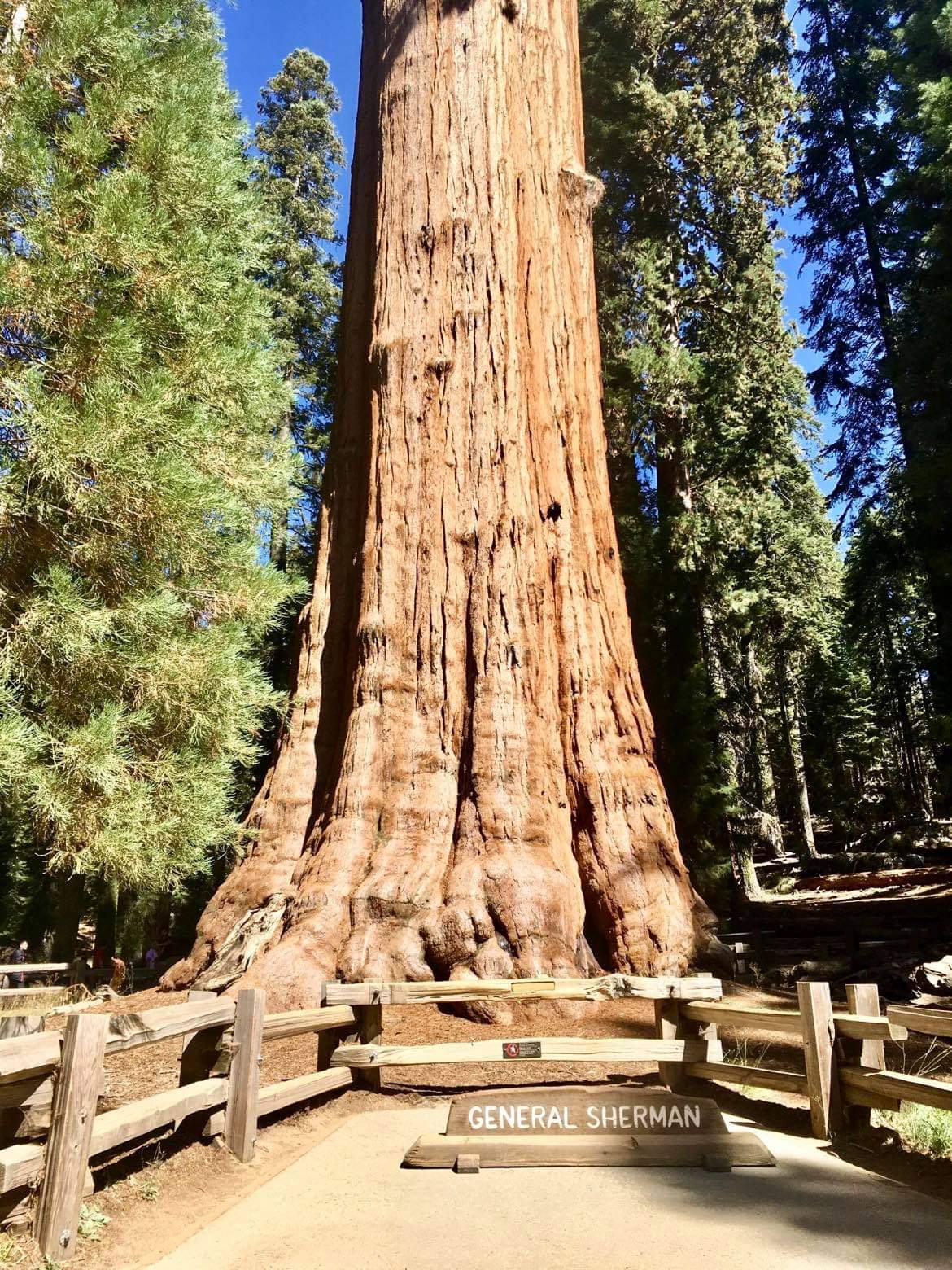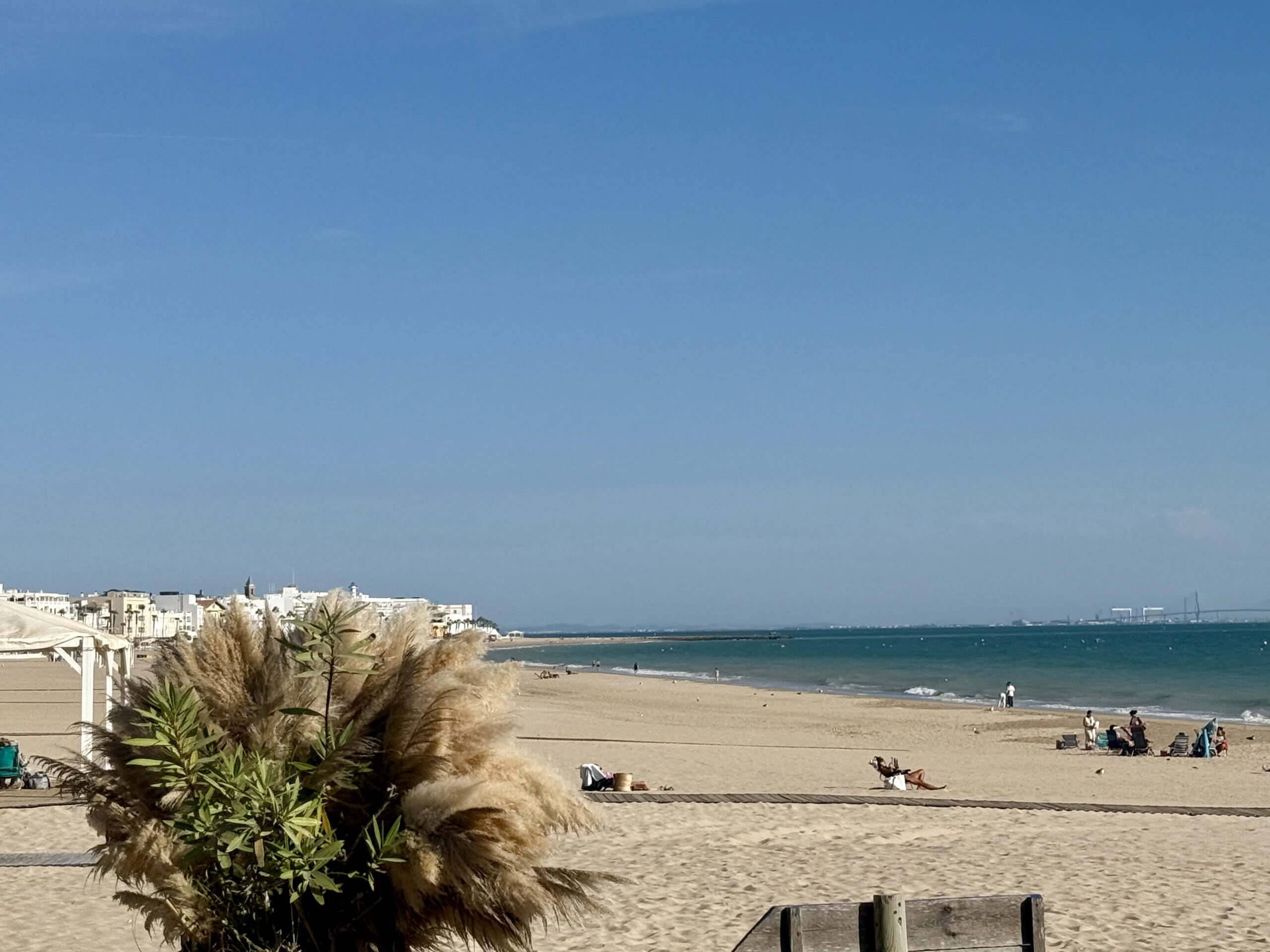
Fire talk to me
September 20, 2021
Between Los Angeles and Bakersfield on our way north to Napa last week, we passed no less than two wide swaths of fire-damaged hills. Later on that same drive, we passed a number of fire trucks addressing a fire that had recently licked its way to the edge of CA 4 near Martinez. Traveling California during these years of severe drought is like experiencing a nuclear winter. Somehow that analogy sits better in the psyche than knowing that what we’re seeing with our own eyes is the reality of human-induced climate change, now upon us up close and personal and no longer part of a disputed future.
Two years ago we visited the Sequoia National Park on our way back from our Napa trip that year. Those stately trees have been a childhood favorite, ever since I’d watched an automobile drive through the base of one of them on an old Wonderful World of Disney special in the early sixties. (That tree has since fallen.) Now a recent fire started by a dry lightning strike threatens these noble hardwoods, especially the renowned General Sherman, reputedly the largest (by volume) tree in the world.
The General Sherman, for example, stands 275 feet tall, but has a circumference of 36 feet at the foot of the tree, adding several inches to its girth annually. I feel its pain, though General Sherman has been around for more than two thousand years, while I’m barely past 70. I hate to think what belt size I might need, should I live to be as old as the General.
My affinity for Sequoias has grown (pun intended) particularly in recent years, when I learned these gentle giants suffer from the same malady of aging that we humans (men especially) do. After a certain height, Sequoias stop growing taller, and begin growing thicker at their bases. The General Sherman, for example, stands 275 feet tall, but has a circumference of 36 feet at the foot of the tree, adding several inches to its girth annually. I feel its pain, though General Sherman has been around for more than two thousand years, while I’m barely past 70. I hate to think what belt size I might need, should I live to be as old as the General.
Back to the fire threat. The latest word is that these Sequoias may dodge the current fiery bullet, but since 2015, two-thirds of this country’s giants have actually burned. The irony is that Sequoias have built in protections against fire damage, and actually require fire to begin seed germination. But frequency and intensity of recent fire events have rendered the Sequoia vulnerable. That’s purely, it would seem, a clear and present danger caused by climate change.
The Sequoia National Park has been spared a destructive fire so far. The current threat, however, is a reminder that it’s probably only a matter of when and not whether. If we lose General Sherman by our own hand, it will be a sad judgement, but one we’d richly deserve. We’d have had more than enough time to deal with this. You know it’s imminent, though, when something that’s been around for two thousand years could disappear in a flash.
And we’re not likely to do anything about it any time soon, given our anti-mask, anti-vax response to a raging pandemic. General Sherman understands the keys to survival and longevity that we humans seem determined to never learn. Namely, there’s enough in nature alone to do us in; we don’t need to add ourselves to the list.
Photo Credit: Carol Madigan



Be the first to comment